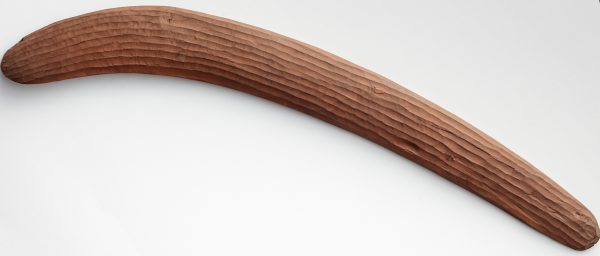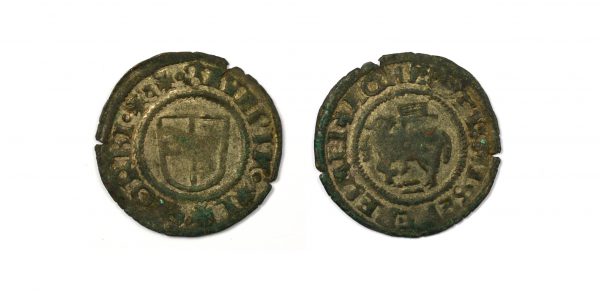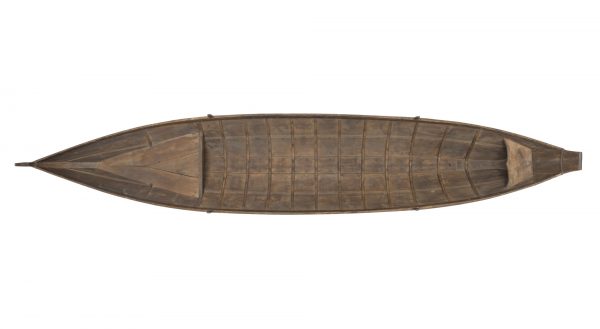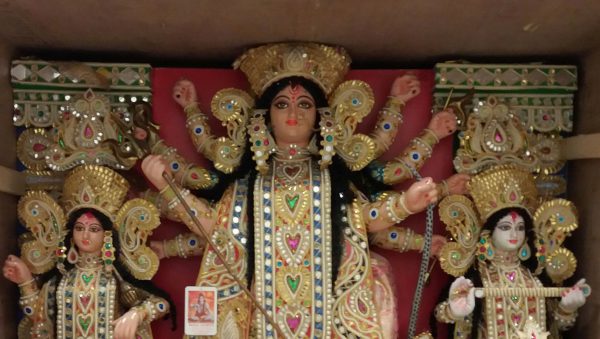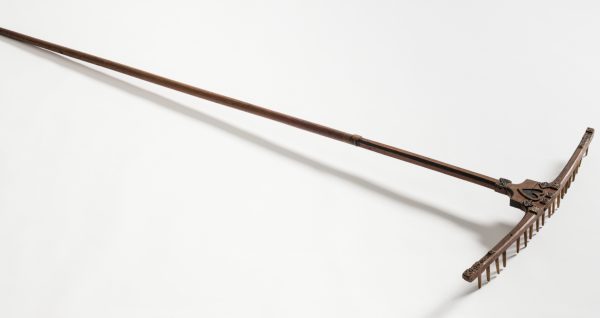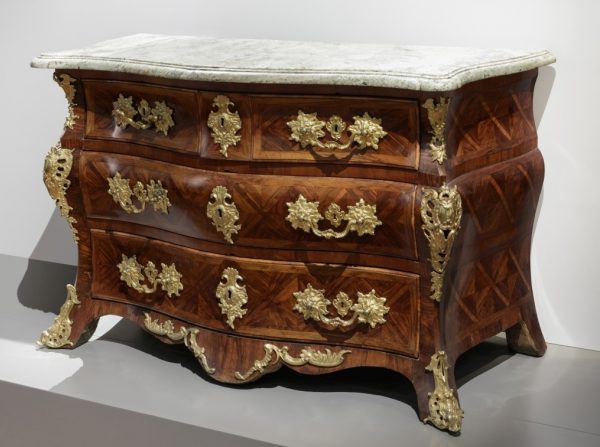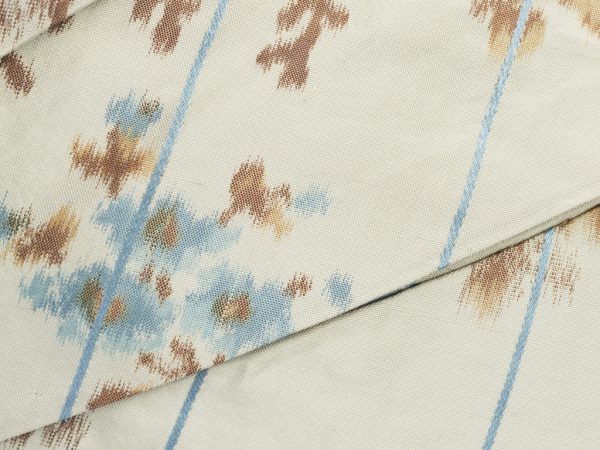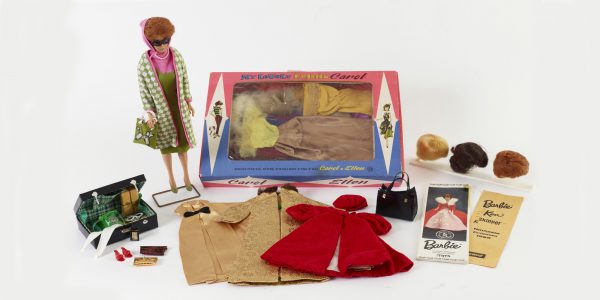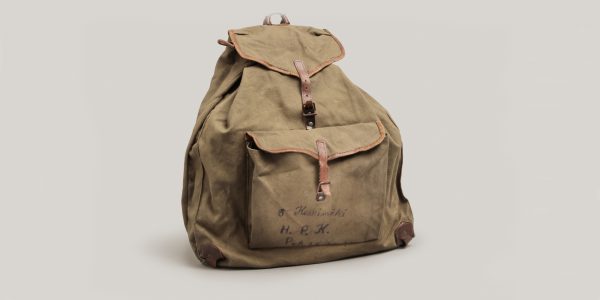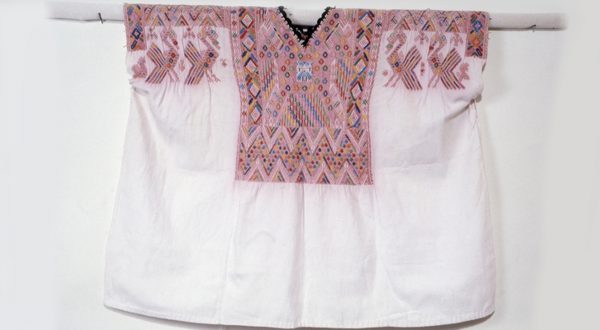Tobias’ backpack
Object of the month - March 2018
In early 1918, it was quiet at the National Museum of Finland. The revolution started on the night between 27 and 28 January when the Helsinki Red Guard took possession of the most important buildings. From the beginning of the winter long into the spring, the whole country lived in the shadow of the war, and so the exhibitions of the National Museum were kept closed.
On 12 April, German troops entered Helsinki and captured it within a few days. On 14 April, a victory parade was organised in the city for the Germans and White troops. The war moved towards the Eastern border and continued until early May.
A few weeks after the events in Helsinki, on 25 April, the Senate’s Church and Education Committee issued an order with far-reaching consequences. The order was to “start gathering all available objects that could in any way shed light on the history of the ending rebellion, to be kept at the National Museum”. The task was given to the management of curators Juhani Rinne and K. K. Meinander.
The staff of the National Museum of Finland immediately set to the task. Through the rest of the spring and early summer, they went around the now empty buildings that had been in the Reds’ possession. Their collection trips did not require great advance preparations or organisation of funding – there were plenty suitable materials within walking distance of the museum. The acquisition data reveals that, within a few months, over 450 artefacts were accumulated for the collections with this method.
Many of the museum staff participated in the collection work, but attendant Edvin Holmberg, in particular, excelled at it and made several collection trips to different parts of the city. He added almost 100 artefacts to the collections and took photographs.
Holmberg visited the Turku barracks, which were located near the National Museum in the Lasipalatsi building’s current location, a few times. The barracks built for Russian soldiers were almost completely destroyed on the first day after the Germans arrived. The Workers’ Hall in Hakaniemi was also badly damaged in the battles of Helsinki. The ruins yielded for the museum’s collections mostly military equipment: overcoats, hats, caps, trousers, weapons, gas masks, helmets, cartridge belts, stamps, clothes bags, dishes...
The bodies of people who lost their lives in the fighting were brought to the cholera barracks, hospital buildings located roughly where the School of Business stands today. Holmberg visited once and came back with 15 items, including clothes items, a helmet, a pair of boots and a backpack marked with the name “Tobias Keskimäki H.P.K”.
The backpack or clothes bag, under which descriptor it was catalogued, is a rare artefact among those shedding light on the Civil War in that its owner is known. This is the case for only a few items marked with their owner’s name. The artefacts from the Red side in particular were collected from the ground, ruins and clothes piles with no possibility of determining their owner. This backpack, however, was owned by worker Tobias Keskimäki, who was born in Nakkila on 5 April 1896. He lived in Helsinki and was a member of the Helsinki Red Guard. Keskimäki died a few days after the capture of Helsinki on 19 April 1918. He had turned 22 just before his death.
Based on the preserved items, it can be concluded that the equipment of the Reds was very rag-tag. The equipment orders stored at the National Archives reveal that many Red Guard members were in need of shoes and overcoats and were issued them. The Reds’ clothing stores were located in the Nylands Nation building on Kasarminkatu, and Meinander collected 21 artefacts on his visit there. They included mainly Russian military equipment and clothing.
Due to the lack of matching uniforms, troops wore armbands to indicate their side. In 1918, a total of 57 armbands were added to the museum’s collections: 25 Red and 32 White. The difference between the armbands from the two sides is that the Red armbands were mainly collected in different parts of Helsinki (eight Red armbands were even found on the site of the National Museum!), whereas the White armbands were sent by private persons from all over Finland, the northernmost coming from Pietarsaari and Vaasa.
The National Museum was not immune to the events of the war. As a national cultural institution with a central location, the museum and its staff were involved. The artefacts collected on a short schedule were mostly selected by the museum staff under highly unusual circumstances. A century after the end of the Civil War, the artefacts form a unique collection that has not been studied or photographed in great detail so far.
Tobias Keskimäki’s backpack is on display in The Story of Finland exhibition.
Anna-Mari Immonen



